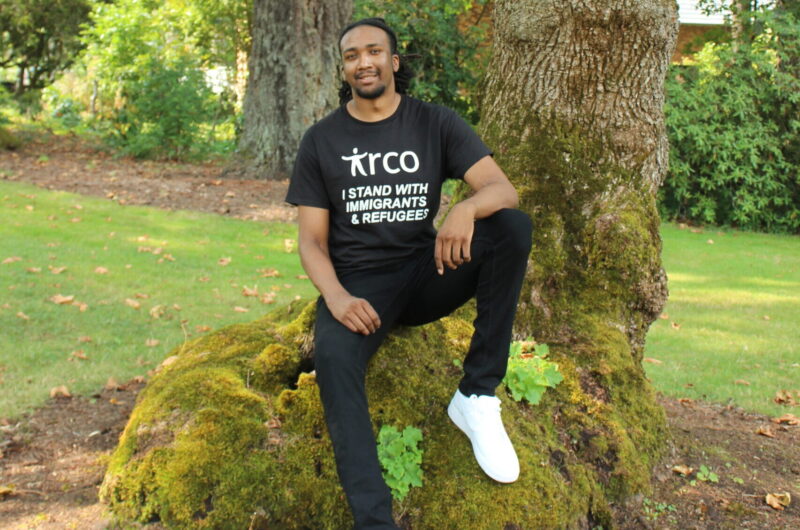Of the 19.9 million students attending American colleges and universities this fall, it is estimated that half of these students are the first in their families to attend college. These first-generation learners face a myriad of non-academic challenges in obtaining their degrees, leading to a graduation rate of less than 11%. What does this mean for the future of the country’s universities…and for the future of the country?
In a new report from the Center for First-Generation Student Success, NASPA (Student Affairs Administrators in Higher Education) and The Suder Foundation analyze four-year colleges and how they serve first-generation students. College Possible noted a parallel between the study’s findings and the programming we offer our partner institutions:
- Colleges’ top objective related to first-generation student support is to increase retention, leading more university leadership to pursue cost-effective, data-driven programs.
- First-generation students have identified mentorship as a key component of successful student services – a role College Possible coaches are uniquely positioned to play.
- A primary component of a successful strategy was building a community for first-generation students through following a cohort model.
- Colleges that have adopted the philosophy of being “student ready” rather than expecting students to be “college ready” are best positioned to succeed. These asset-based approaches help students develop a stronger sense of belonging.
College Possible has helped students from low-income backgrounds navigate barriers to college graduation for more than 18 years, and our Catalyze partnerships seek to embed our model on college campuses with striking success. As continued research deepens the understanding of the changing face of our college campuses, Catalyze will continue to use its research to ensure those campuses are prepared to succeed.



